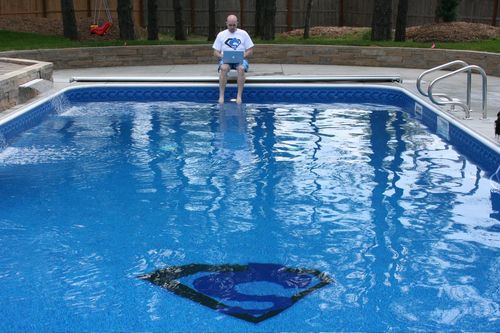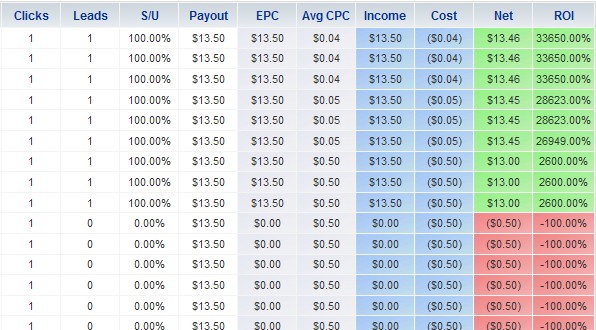For the uninitiated, Massively Multiplayer Online Role Playing Games (MMORPGs for short) are a type of computer game that is played over the Internet with a large number of fellow players who take on character roles in a fantasy or science-fiction based universe. The most well-known and commonly referenced MMORPG is Blizzard Entertainment’s World of Warcraft, which has roughly 11.5 million players worldwide at last count. Each one of those players is paying $14.95 per month to Blizzard for the pleasure of continuing to play the game. Talk about the ultimate rebill, how would you like to have approximately $171,925,000.00 coming in to your company’s bank account each and every month? Granted, that is just revenue, not profit. Even so, revenue of over $2 billion per year is enough to make even Warren Buffett stand up and take notice. But I digress…
 Earlier today I was talking to an affiliate friend of mine and World of Warcraft came up. Being a recovering WoW addict myself, it got me thinking about the concept of why these games are so popular. The gameplay isn’t entirely original, they use the same basic mechanics of the Role Playing Games that have been a video gaming staple ever since the original Nintendo Entertainment System was released. It’s also not that they are the latest and greatest games out there. In fact, most of these games (including WoW) have been around for many years. It is certainly not the allure of the best graphics and technological breakthroughs that makes these games so addicting. So what is the secret sauce?
Earlier today I was talking to an affiliate friend of mine and World of Warcraft came up. Being a recovering WoW addict myself, it got me thinking about the concept of why these games are so popular. The gameplay isn’t entirely original, they use the same basic mechanics of the Role Playing Games that have been a video gaming staple ever since the original Nintendo Entertainment System was released. It’s also not that they are the latest and greatest games out there. In fact, most of these games (including WoW) have been around for many years. It is certainly not the allure of the best graphics and technological breakthroughs that makes these games so addicting. So what is the secret sauce?
The social interaction.
It’s not the endless quests or the epic boss battles or even the pursuit of better and more powerful gear. The ability to spend time online engaging and interacting with your peers is what keeps people coming back. In fact, the effect of the social interaction in these games is what keeps people so glued to them that they forget to eat, sleep, or go to work. It’s not just a set of computer-manufactured goals that are in play, you are constantly seeking the approval of your fellow players. Since there are so many people playing online at the same time, there is no pause button. You can’t just walk away when the phone rings or when the pizza guy comes to the door, if you do that then your character will simply stand still in the online world and most likely will be killed and/or cause the deaths of everyone in your group.
My point is this: even though the world at large is just waking up to the wonders of “social media” and how much it transforms the lives of everyone that uses it, gamers have been experiencing and subscribing to the very same thing for years and years now. The first MMORPG was called Ultima Online, and it was released on September 25, 1997. The creator of Ultima Online, Richard Garriot, even coined the term MMORPG himself. The most amazing part about this pioneering game is that it is still active and running online today, almost 13 years later. I’m not sure how many of you remember the internet circa 1997, but there was no MySpace, no Facebook, and definitely no Twitter.
The funny thing about all this to me is that today we are seeing social media heading right back to where it started, with games. Just look at the success of Farmville and the other games being created and pushed on Facebook and beyond by companies like Zynga. You can’t even get a Slurpee at 7-Eleven right now without being bombarded with advertising for social games, and now that Google has invested some major capital into Zynga, we are only going to see these games evolving further and further into the mainstream.
So were MMORPGs the first social media platform? In my opinion the answer is clear.



 The other thing.
The other thing.



